Last Updated on December 29, 2023
The year 1990 saw the release of James Ellroy’s sweeping crime novel L.A. Confidential, which Ellroy wanted to be the most epic book about L.A. ever written. In his own eyes, the author accomplished that goal, calling his own work a “masterpiece” and one he did not envision making the transition to the big screen. Not that he really cared; Ellroy was always vocal about his disinterest in seeing his books adapted into movies, as he wasn’t particularly interested in the medium.
But there was a kindred spirit who similarly loved the City of Angels, and who wanted to tell a very big story about the place where he grew up. Curtis Hanson had been a director of adequate thrillers like The Hand That Rocks the Cradle and The River Wild, but he was searching for a project that would allow him to tell a grand-scale story about Los Angeles. Already a fan of Ellroy’s material, Hanson connected with L.A. Confidential, the third book in what’s now known as Ellroy’s L.A. Quartet. Filled with murder, drugs, police corruption, prostitutes, and Hollywood stars, the epic story had all the elements of the edgy 1940s and 50s film noirs and detective stories that Hanson admired. But it wasn’t exactly commercial. Could such a gritty, plot-heavy tale translate to the big screen? Furthermore, would anyone want to see it?
Grab a bottle of your favorite hooch while we tell you “What Happened to this movie!”
Unbeknownst to Curtis Hanson, he wasn’t the only one yearning to make L.A. Confidential. An up-and-coming screenwriter named Brian Helgeland, also a huge Ellroy fan, was knocking on doors trying to obtain the film option for the book. But Warner Bros. held the rights, and while Helgeland was working on a Viking project for the studio, he tried to land the gig of adapting Confidential for the big screen. But Hanson had already successfully scored the job of tackling the adaptation, even though the movie actually getting made was no sure thing.
Tenaciously, Helgeland approached Hanson and offered his ideas for turning such a large book into a screenplay. Quickly enough, the two found they were on the same page – literally – and Hanson agreed to collaborate with Helgeland on the script.
Turns out adapting the book would not be easy. It was a considerable work, spanning a decade of time across nearly 500 pages. The challenge facing the two screenwriters was condensing the sprawling novel and bringing focus to the characters and the most crucial plot threads. Several characters and storylines were tossed out, and the timeline was altered from about a decade to just a handful of days, providing a sense of urgency and keeping the story rolling as smooth as a Coupe de Ville. Anything that did not revolve around our three lead detectives was jettisoned, but that still left the writers with a helluva lot of material to work with. Overall, it took them well over a year to finish the script.
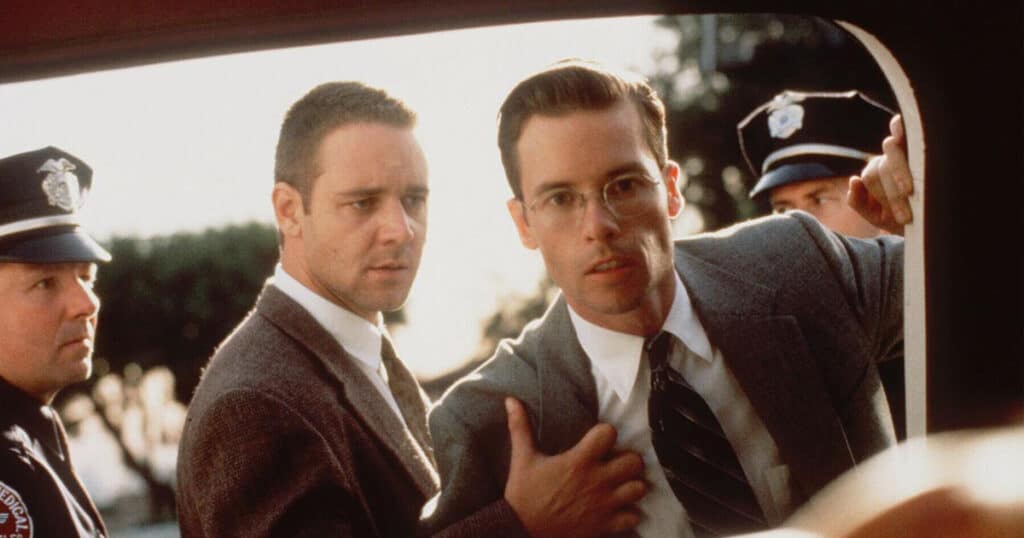
But here’s the catch: they did not have a green light, and in fact weren’t even sure if Warner Bros. actually wanted to commit to the project. All the time they spent working on it, they were acting as if it were a spec script, something that might not get made at all. And… when they finally had a draft they were happy with, Warner Bros. refused. The 1950s setting wasn’t considered appealing, nor was the overly dense storyline, the lack of a clear lead character, and the reality that no one was a hero — everyone had failings and nasty skeletons in their closets. In addition, the ending was decidedly bittersweet instead of something to send moviegoers home with smiles on their faces. This was not exactly catnip for a large general audience. One more hurdle: Hanson was picturing a cast of relative unknowns and character actors for major roles; no A-listers the audience would immediately identify with.
The studio asked Hanson to consider dropping one of the characters and make temperamental cop Bud White the hero. Hanson refused. Then they said “make Ed Exley the hero, get rid of one of the others.” Again, Hanson refused. It got to the point where Warner Bros. was not willing to put up the money to make the film… although they did agree to work with a production company that would.
Enter New Regency, which had co-financed successful adult dramas like Heat and A Time to Kill in the years prior. The head of the company, Arnon Milchan, would need convincing – it was going to be his money going into this complicated R-rated mystery-thriller after all – so Hanson came up with a novel idea: he put together a pictorial pitch: a series of postcards and black-and-white photographs depicting the Los Angeles of the 1950s. Pictures of the orange groves, the freeways, the valley. Then images of the more sordid underbelly of L.A. from Confidential Magazine, a gossip rag that much inspired the one in Ellroy’s book, with detectives standing over dead bodies, real crime scene photos.
Hanson wanted to evoke a feeling, giving the studio executive something of a sneak preview of the atmosphere for the movie he was planning to make, even before giving him the script. Shockingly, this worked like a charm, and Milchan told Hanson to go make the movie, just like that. Only in Hollywood, folks.
Now it was on Hanson to cast his ensemble. The very first person he chose was Russell Crowe, whose biggest movie in terms of visibility at that point was the cheesy sci-fi flick Virtuosity. But it was Crowe’s turn as a skinhead thug in 1992’s Romper Stomper that caught Curtis Hanson’s eye. Hanson compared Crowe to the 1950s tough guy actor Aldo Ray and thought the Aussie had a similar aura: a brute with a sensitive side, which describes his violent-yet-vulnerable Bud White to a tee. Hanson made Crowe watch a series of noir movies to help inform his character, chief among them Stanley Kubrick’s heist movie The Killing with Sterling Hayden, another tough guy who had moments of sensitivity in his performances.
Next was the role of prideful hotshot Ed Exley, the ambitious and despised detective on the rise in the corrupt police department. Hanson auditioned Guy Pearce, who had achieved some international fame with his flamboyant role in The Adventures of Priscilla, Queen of the Desert, which had got him an agent in L.A. Hanson dug Pearce’s look and vibe and cast him without even seeing Priscilla, which he refused to do because he didn’t want that performance on his mind when making Confidential.
Needless to say, New Regency financier Arnon Milchan was not overly thrilled with the casting so far: two essentially unknown Australians playing Californians. Were there going to be any Americans in this movie at all?
Hanson knew the role of flashy, wannabe movie star detective Jack Vincennes would have to be the supplier of some star wattage, so he brought the script to Kevin Spacey, a veteran character actor who just became a household name thanks to his Oscar-winning turn in The Usual Suspects. Hanson suggested Spacey look at Dean Martin movies, where the famous actor played characters who seemed like they had it all but actually hid an inner turmoil and moral uncertainty.
The crucial role of Lynn Bracken, a high-class escort made to look like Veronica Lake, ultimately went to Kim Basinger, although she initially turned down the part. She had recently given birth to her daughter and was actually considering retiring from the business, but Hanson was able to convince her to take the role, which would ultimately turn out very well for her. Amusingly enough, Basinger first thought it was ridiculous that Hanson had cast the guy from Priscilla as Ed Exley but was eventually blown away by just how different Guy Pearce was in his new role.
Also initially turning down a role was David Strathairn, who had worked with Hanson on 1994’s The River Wild. Strathairn was asked to join late into the process and was worried he wouldn’t have enough time to prepare for his role as Pierce Patchett, the smarmy pimp to the stars; he simply didn’t think he knew who the guy was. As Hanson had done with Spacey and Crowe, the director used an old actor to help Strathairn get a sense of the character, this time Zachary Scott, famous for playing suave villains and smooth operators. This was apparently enough for Strathairn, who agreed to the role.
While Hanson was still assembling his actors, Crowe and Pearce were able to start rehearsing, and because the casting process lasted throughout pre-production, they ultimately had about 6-7 weeks of prep time to get into their characters. Hanson would be involved with some of it, then disappear to do more casting; sometimes he would show up with new actors, a James Cromwell or a Danny DeVito, and as the group got bigger, the ensemble became more and more in tune with the material and each other.
Shooting took place all over Los Angeles, an impressive 80-plus different locations visited in around 60 days. To get people in the period mood, Hanson would play old records on the set, some of which he would eventually use in the final product. Shooting the film was Dante Spinotti, who was already familiar with a different side of L.A. thanks to shooting Michael Mann’s Heat just two years prior.
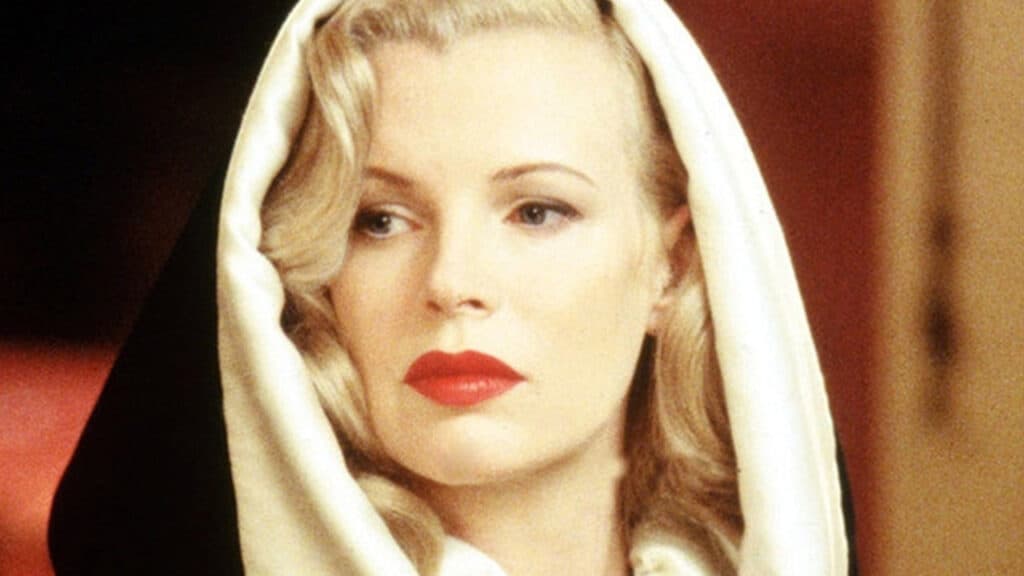
While author James Ellroy mostly distanced himself from the production allowing the filmmakers to do what they needed with his work, he did immerse himself in at least one interesting way: Ellroy would call Russell Crowe and leave weird messages on his answering machine, giving him little ideas and innuendos about Bud White that he thought would aid the actor in his approach.
Crowe indeed threw himself into the part, performing his own stunts during some of Bud’s rigorous fight scenes. His intensity was so high that he genuinely scared Kim Basinger during the pivotal scene where a furious Bud confronts Lynn and eventually hits her; Basinger later said the camera did not capture the rage she saw in Crowe’s eyes during shooting.
When L.A. Confidential was completed, the studio still didn’t quite know what they had on their hands, although they did feel like it might be an awards season contender, and they scheduled it for release in September 1997. Months before that, behind Warner Bros’ back, Hanson and other producers sent a print to the Cannes Film Festival, where it received a very enthusiastic reception. When it was released theatrically in North America, the reviews were very appreciative of the work Hanson, Helgeland, and the impeccable cast had done, and soon enough the movie began racking up award nominations and lingered in theaters all the way through award season of 1998.
When Oscar season arrived, L.A. Confidential found itself with nine Oscar nominations, including Picture and Director. Sadly for the film, this was the year of Titanic, which steamrolled the competition and won 11 statues of its own. Still, Confidential did not go home empty-handed, winning Best Adapted Screenplay for Hanson and Helgeland, and in a surprise victory, Best Supporting Actress for Kim Basinger, who beat out Gloria Stuart’s favored Titanic performance.
On a reported budget of $35 million, L.A. Confidential made a respectable $64 million domestic and a total of $125 million worldwide. Critically and financially, what had seemed like a risk – a lengthy period drama filled with unsavory characters and situations – ended up paying off handsomely.
While much of the world loved the film, what L.A. Confidential’s creator James Ellroy really thinks of the movie is harder to pin down. Back in 1997, he was quoted as calling it a “work of art on its own level,” and cheerfully admitted to seeing it multiple times. And yet in April of 2023, he called the film “a turkey of the highest form” and criticized the performances of Crowe, Pearce, and Basinger. Why the change of heart? Well, the author actually followed up his critiques by saying, “the director died, so now I can disparage the movie.”
Curtis Hansen passed away in 2016 at the age of 71. After LA Confidential he directed several more critically acclaimed films like Wonder Boys and the Eminem biopic 8 Mile, but L.A. Confidential is clearly the movie he’ll be remembered for, and with good reason: it’s a bona fide classic in the detective and film noir genres. Although it was released by a major studio, it was crafted with more of an indie sensibility, spearheaded by a couple of guys who toiled on it for well over a year without knowing if it was even going to get made. They say L.A. is filled with dreamers, and in this case, the dream paid off.


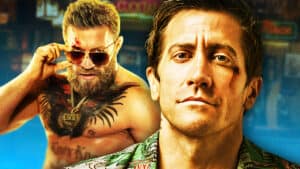
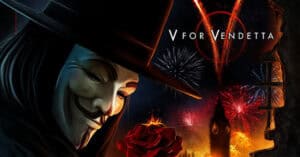
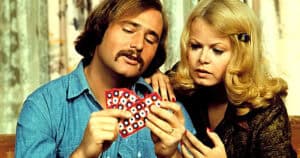
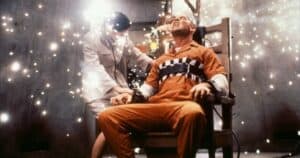
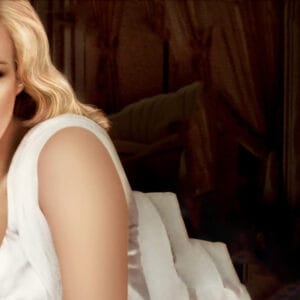
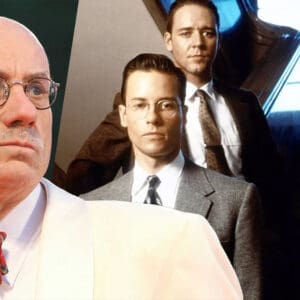
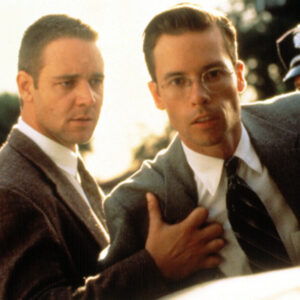
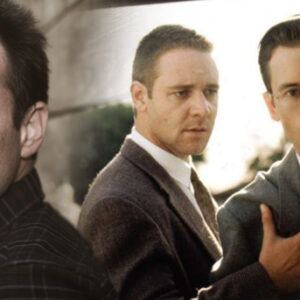

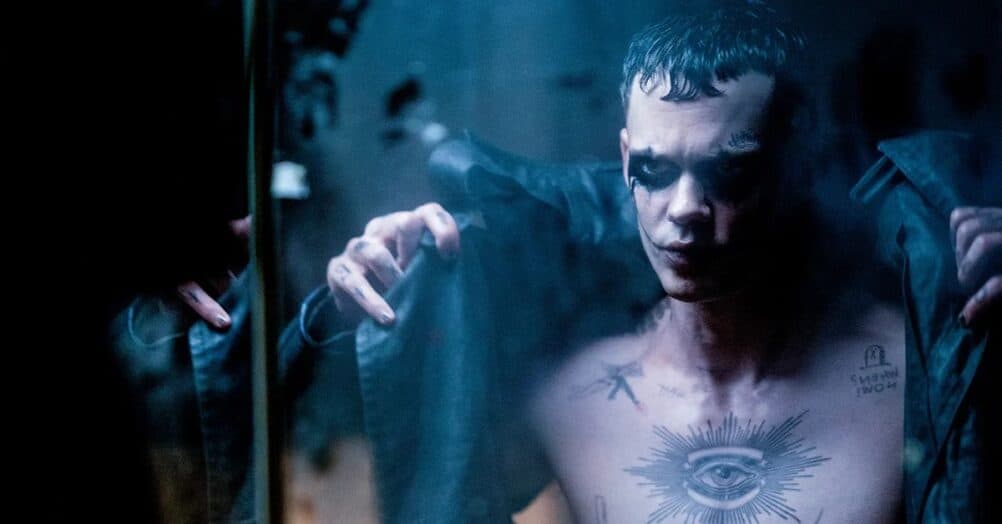
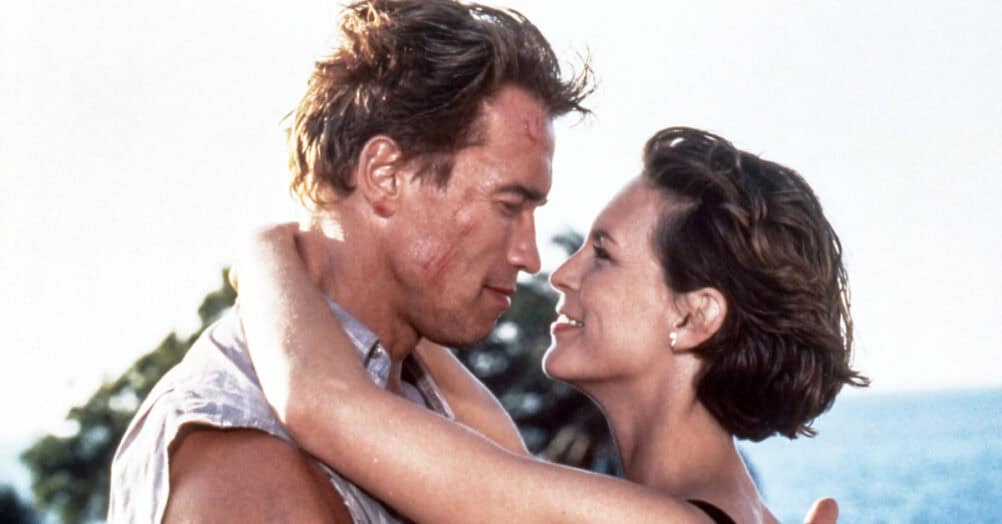
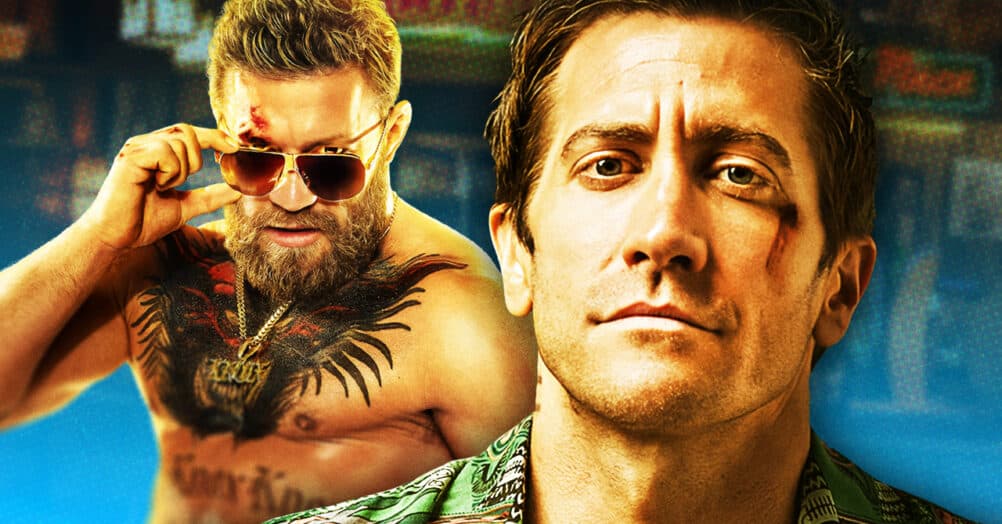

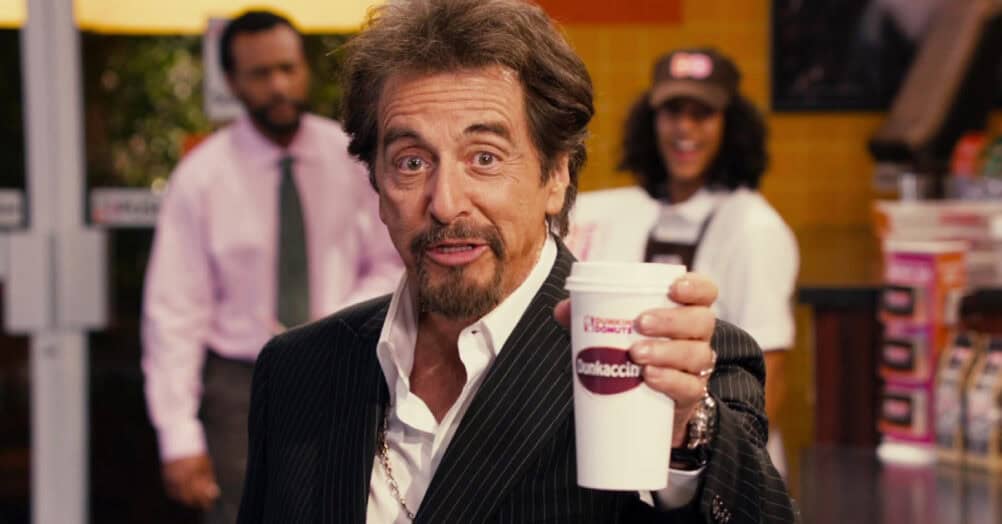
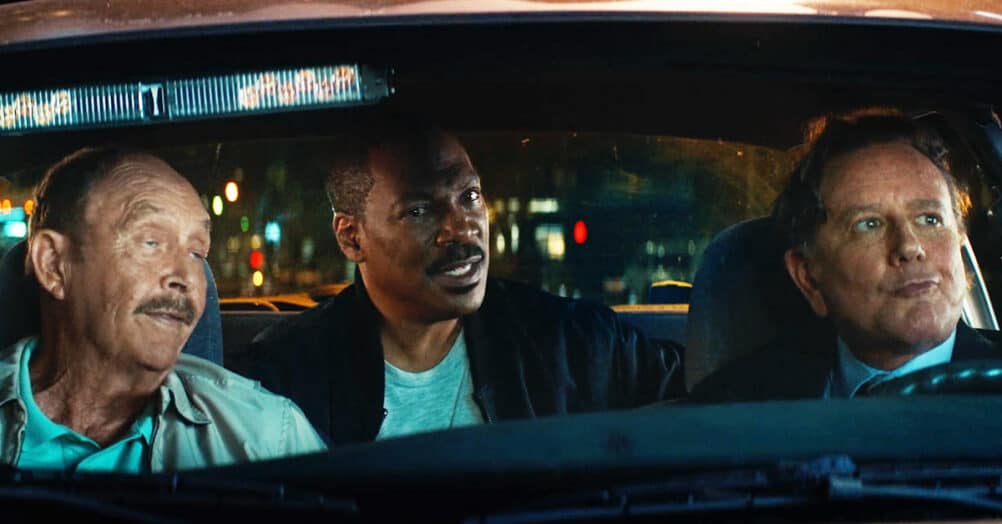

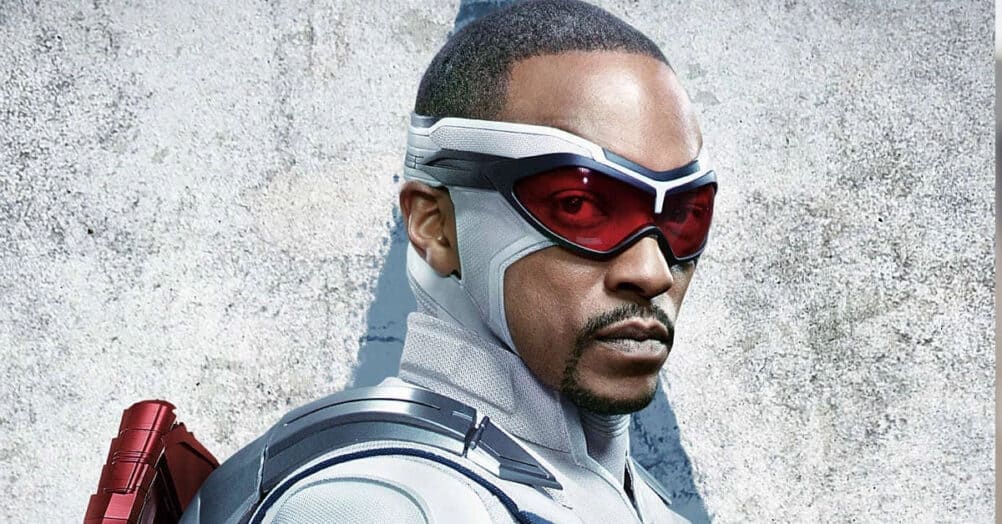
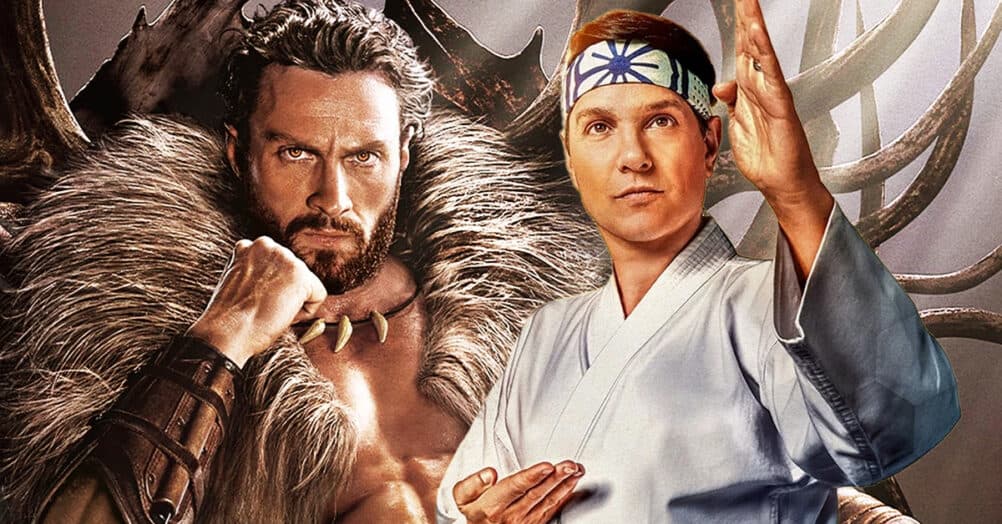
Follow the JOBLO MOVIE NETWORK
Follow us on YOUTUBE
Follow ARROW IN THE HEAD
Follow AITH on YOUTUBE